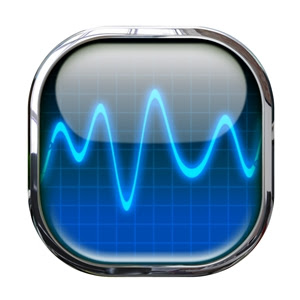Over the last few decades, speech recognition software has experienced a resurgence in popularity and efficiency, specifically within the health care industry. Digital dictation can free up time that physicians would normally spend filling out charts by hand, which can help increase workflow management and practice performance.
In medical imaging, being able to expedite the process of uploading patient information to a PACS can be beneficial to improving radiologists’ abilities to see more patients in a day. According to Image Technology News, many imaging specialists prefer the convenience and speed of voice recognition software.
The advent of PACS facilitated the interpretation of images, allowing for less time spent with analog imaging, reducing associated costs and enhancing patient care. Health Imaging reported that integrating voice recognition can further the benefits of PACS, corroborating the advantages the systems already bring to the industry.
‘Voicing’ stories of success
Due to the technology’s seemingly exponential increases in efficiency over the years, voice recognition systems are far more accurate than ever before. By reducing the amount of time radiologists spend clicking though PACS and manually entering patient data into text boxes. According to the news source, these improvements led Arif Kidwai, M.D., chief of the division of informatics in the department of radiology at Shands Hospital in Jacksonville, Fla., to transition his practice’s PACS to one that was integrated with voice recognition software.
Within a short time of adoption, his staff were self correcting reports from previous imaging cases. After five years, Kidwai upgraded his systems to meet with the growing needs of his facility. New voice recognition programs accompanied his PACS, which brought about further improvements in the accuracy of the software.
The older system often made mistakes with grammar, specifically articles and prepositions that left physicians routinely correcting the errors by hand. With the updated software, the discrepancies were reduced by nearly 90 percent.
“When you’re self-reporting, that saves a lot of time,” said Kidwai, quoted by Health Imaging.
Looking ahead to the future
Kris Van Lom, M.D., chair of the radiology department at Scripps Health in San Diego, also adopted voice recognition technology for his digital imaging facilities. After losing a large number of his medical transcriptionists in one week, the staff fell behind on transcribing patient information and worked many hours of overtime to catch up. After implementing voice recognition software in one of his hospitals, he found that the new system was 99.9 percent accurate.
Despite its advantages, there is still room for improvements. Similar to how word processors on computers mark typographical errors, the recognition program should highlight mistakes using color-coded categories. When self-correcting reports on the PACS, radiologists could easily see areas for improvement and make any necessary amendments to the records.
Additionally, the PACS should automatically transfer data from diagnostic imaging directly into the voice software. This would save radiologists time spent reentering information into a new program. The software could even develop more intelligent image analysis, providing radiologists with a short list of potential diagnoses when working on medical reports.
Contact Viztek for More Information
Latest posts by Steve Deaton (see all)
- Practice Better Radiology to Avoid Malpractice Lawsuits - July 16, 2014
- Medical Imaging Data Can Help Improve the Patient Experience - June 19, 2014
- Replace Outdated PACS Systems to Experience Cost Savings in Imaging - June 16, 2014






